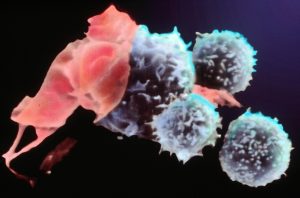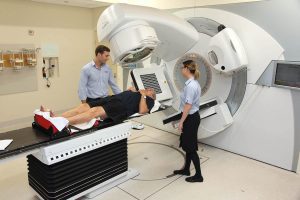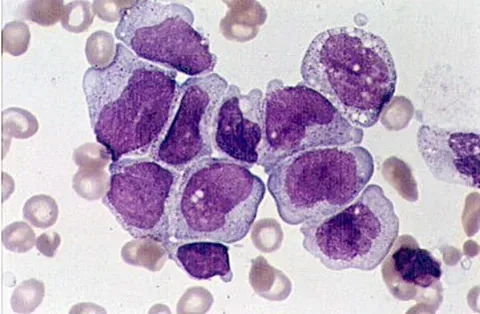Introduction
Germ cell tumors, a relatively uncommon form of cancer, emerge from the body’s germ cells responsible for generating sperm and eggs. While they most frequently develop in the ovaries or testicles, the unique nature of germ cells means these tumors can appear in various locations throughout the body. This comprehensive guide aims to demystify germ cell tumors, shedding light on their types, symptoms, diagnostic procedures, and available treatment options.
Types of Germ Cell Tumours
Germ cell tumors come in different forms, and understanding their distinctions is crucial for accurate diagnosis and targeted treatment. Non-cancerous variants include mature teratomas, whereas malignant tumors fall into two primary groups: seminomas and non-seminomas. Non-seminomas encompass various subtypes, such as immature teratomas, yolk sac tumors, choriocarcinomas, and embryonal carcinomas. Each type presents unique challenges and requires a personalized approach to treatment.

Symptoms of Germ Cell Tumours
- Testicular Germ Cell Tumours:
- Painless swelling or lumps in the testicles
- Discomfort or pain in the scrotum
- Feeling of heaviness or aching in the lower abdomen or groin
- Fluid accumulation in the scrotum
- Ovarian Germ Cell Tumours:
- Abdominal pain or swelling
- Changes in menstrual cycle
- Unexplained weight loss
- Nausea or vomiting
- Extragonadal Germ Cell Tumours (EGGCT):
- Varied symptoms based on the tumor’s location, such as chest pain for mediastinal tumors, headaches for brain tumors, and lower back pain for sacrococcygeal tumors.
Diagnosis of Germ Cell Tumours
Proper diagnosis is crucial for determining the type, location, and extent of a germ cell tumor. Diagnostic procedures may include:
- Imaging Tests: CT scans, MRIs, and ultrasound to visualize the tumor.
- Blood Tests: Measuring tumor markers specific to germ cell tumors.
- Biopsy: Extracting a small tissue sample for microscopic examination to confirm the diagnosis. other health issues treatments
Treatment Approaches
The choice of treatment depends on factors like tumor type, size, stage, and location. The main treatment modalities are surgery and chemotherapy.
- Surgery: Removal of the tumor is often the primary treatment, especially if the tumor is small and localized. In some cases, surgical removal may be the only intervention required.
- Chemotherapy: Germ cell tumors are highly responsive to chemotherapy. Even cases where the cancer has spread can be effectively treated with chemotherapy. The drugs used target rapidly dividing cells, which is a characteristic of cancer cells.
- Radiation Therapy: In certain situations, radiation therapy may be employed to target and destroy cancer cells.

Living with Germ Cell Tumours
Dealing with a germ cell tumor diagnosis can be overwhelming, but it’s essential to approach it with a positive mindset. Support from healthcare professionals, family, and friends is crucial throughout the journey. Regular follow-up appointments and monitoring are common after treatment to ensure the tumor does not recur.
Conclusion
Germ cell tumors, although rare, demand attention due to their unique characteristics and potential impact on reproductive organs. Understanding the symptoms, diagnostic procedures, and treatment options is crucial for both patients and their families. With advancements in medical science, the prognosis for germ cell tumors, even in advanced stages, has significantly improved. Ongoing research continues to enhance our understanding of these tumors, offering hope for more targeted and effective treatments in the future.












